Watching a scene is easy, but blocking and staging a scene effectively is a complex dance between actors and your camera. When deciding where to position your actors and your camera, you're essentially solving a puzzle — a puzzle with more than one solution.So, how is it done?In this post, we’re going to show you how three of the great directors in filmmaking history stage and block their scenes in a way that is profound, interesting, and ultimately cinematic. Lezgo.Continue reading Blocking and Staging a Scene like Spielberg, Kubrick, and Inarritu
For decades, filmmakers have iterated on creative lighting and cinematic techniques. But still, some of the best lighting techniques, such as chiaroscuro, have persevered to have an impact on cinema today. Though chiaroscuro in film was popularized nearly a century ago, modern cinema still venerates its value. So what is chiaroscuro in film and how is it used today? Let’s find out with some chiaroscuro examples in film, from past to present.Continue reading What is Chiaroscuro in Film? Definition, Techniques, & Examples
From 2001: A Space Odyssey to pretty much every Edgar Wright film, some of the best films of all time have effectively used needle drops to take their films to the next level. This list runs through the best movie songs of all time, and as you go through the scenes, you will find they all have one thing in common. They all enhance what’s happening in the scene.Continue reading 60 Best Movie Songs Of All Time — Top Needle Drops, Ranked
Did you know that the Back to the Future script was nominated for Best Original Screenplay at the 1986 Academy Awards? Back to the Future may be most famous for its incredible production design and visual effects, but the script is excellent as well. We’re going to break down the Back to the Future screenplay by looking at its characters, quotes and iconic ending. By the end, you’ll know why the original Back to the Future script is such an iconic example of effective screenwriting. Doc, rev up the DeLorean, we’re going back – back to the future! Continue…
We’ve all seen a film or TV show breaking the fourth wall. It’s hard to miss, and that’s why breaking the 4th wall is a really big filmmaking decision that can polarize your audience. Is your project right for this technique? If so, when should you do it? We've included plenty of breaking the fourth wall examples, and three tips to help you decide whether this cinematic technique is right for your project. Continue reading Breaking the Fourth Wall: Definition, Meaning and Examples
Have you ever been watching a movie or TV show and noticed a subtle change in depth of field that revealed some new detail in a scene? That’s a rack focus. Today we’re going to go over the rack focus. We’ll cover how to do it, how to use it, and why this technique should be on your next shot list. The Best Rack Focus Examples in FilmShifting FocusThe rack focus shot explainedChances are good you've seen countless rack focus shots without even realizing it. Many are subtle and not meant to draw attention to themselves. Others are clearly designed…
What is a tracking shot? They are really fun to watch, but difficult to film. We've put together a list of the best tracking shots of all time. Then we break down everything you'll need to consider when blocking and planning a tracking shot in your own projects.Continue reading What is a Tracking Shot — 25 Best Tracking Shot Examples
One of the most fundamental aspects of the medium of film is the ability to edit and rearrange images and shots to create a story. The difficulty in editing and film in general is to be both effective and efficient at the same time. This enables the audience to understand the story while also being completely engaged. One of the most useful tools that filmmakers have to execute this is the montage. What is a montage and how do filmmakers use them? Let’s dive in.Continue reading What is a Montage? Definition, Examples & 6 Ways to Use Them
Mise en scène. It’s a fancy looking phrase that you’ve seen floating around many film-related articles, carrying with it an immediate sense of snobbery. Don't worry, you're not the first person to ask "what is mise en scene?" After today, you’ll have a better sense of this concept and its fundamentals so you can apply it in your next project. Continue reading What is Mise en Scène in Film: Definition and Examples
The feature film Creed made $109,767,581 at the box office. Want to see how StudioBinder’s software can create a shot list for one of the scenes? Continue reading How to Create a Shot List Like ‘Creed’ [Shot List Example]
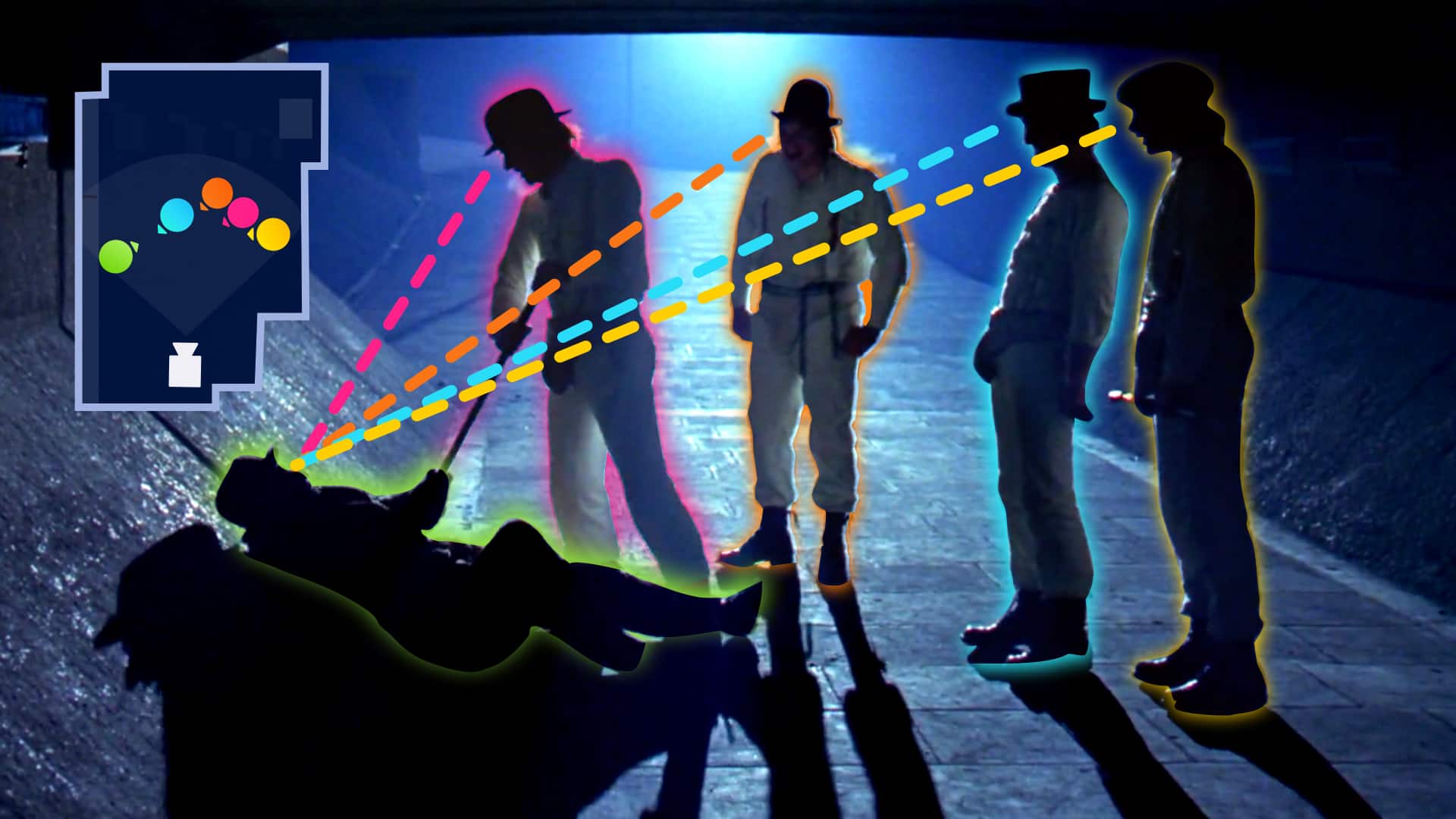
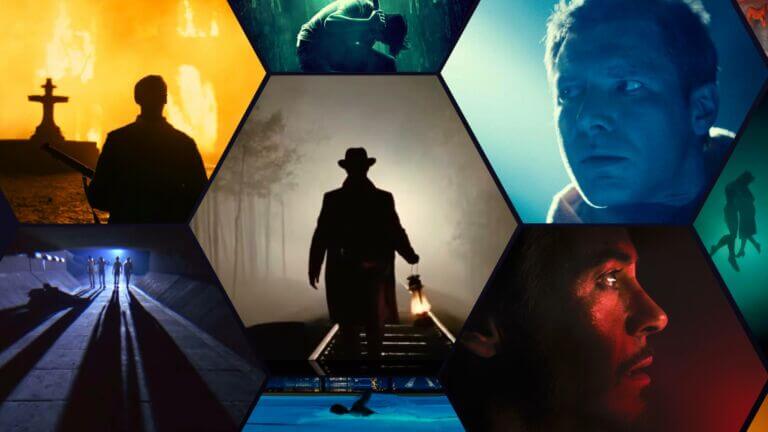
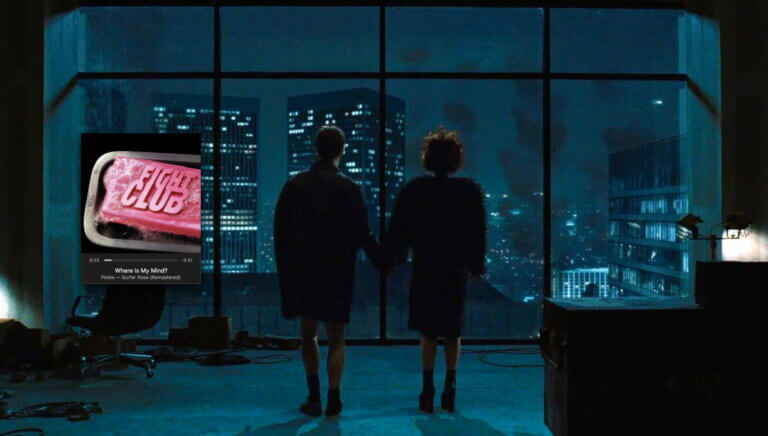
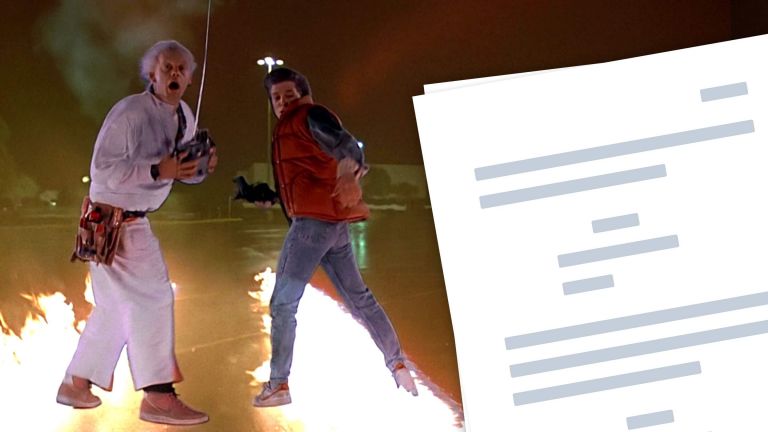
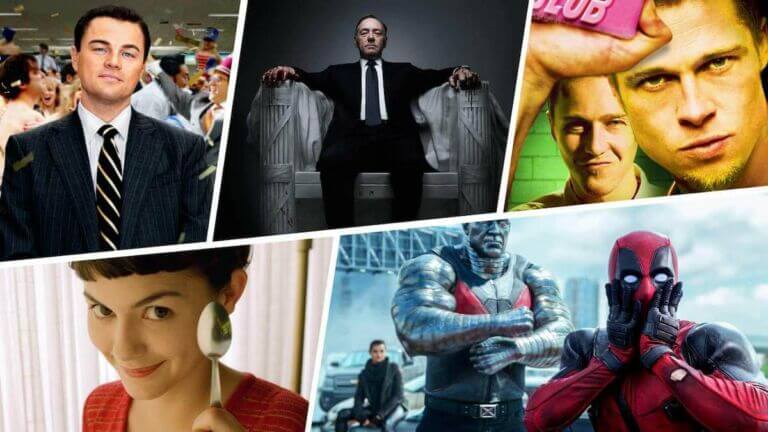
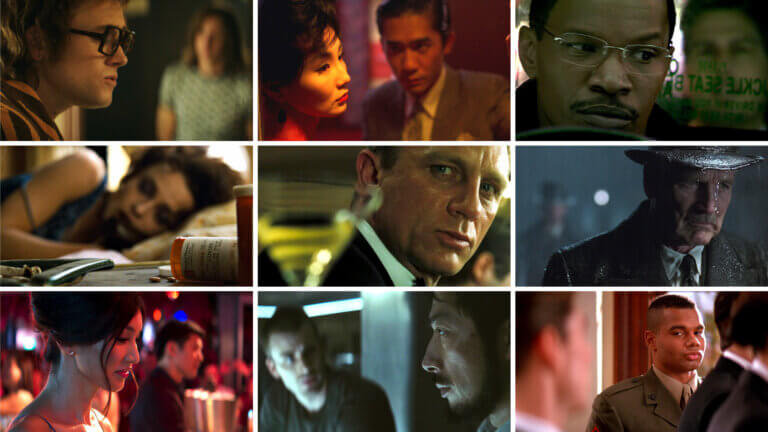
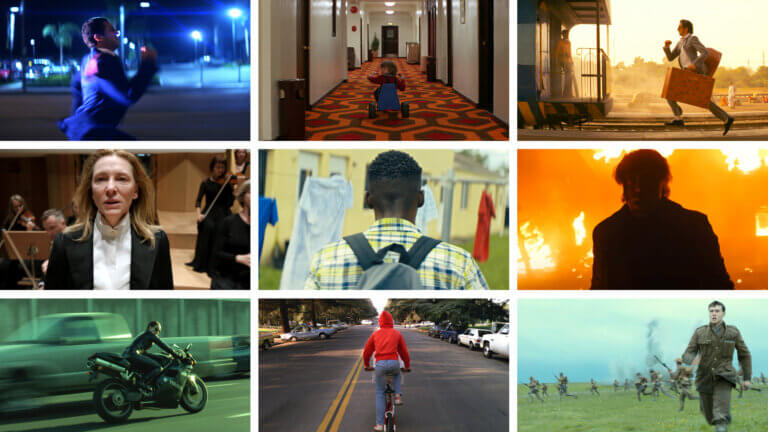
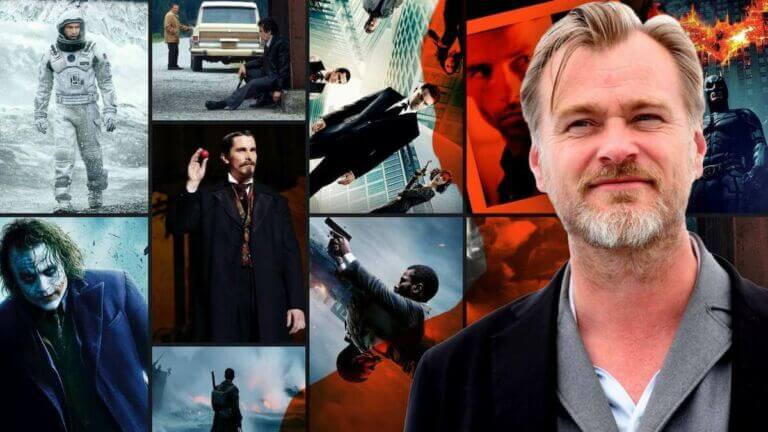
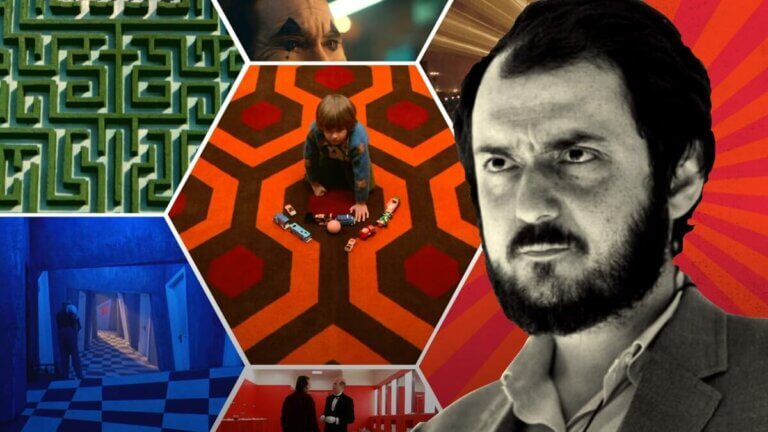
![How to Create a Shot List Like ‘Creed’ [Shot List Example] 10 How to Create a Shot List Like ‘Creed’ StudioBinder](https://s.studiobinder.com/wp-content/uploads/2024/12/How-to-Create-a-Shot-List-Like-%E2%80%98Creed-StudioBinder-768x432.jpg)









